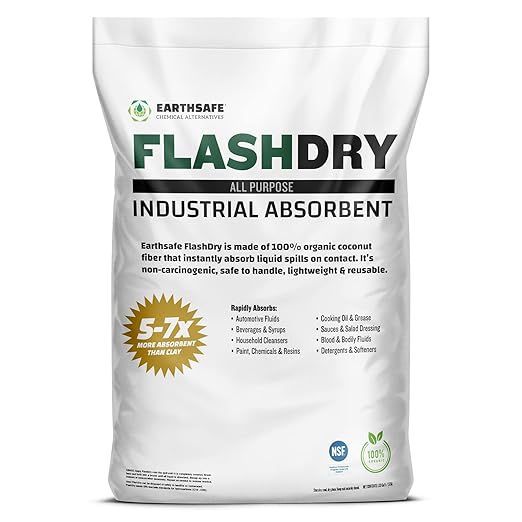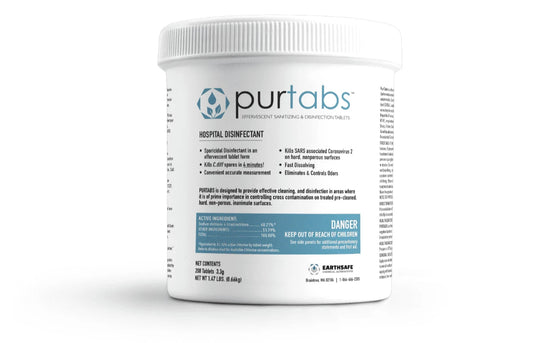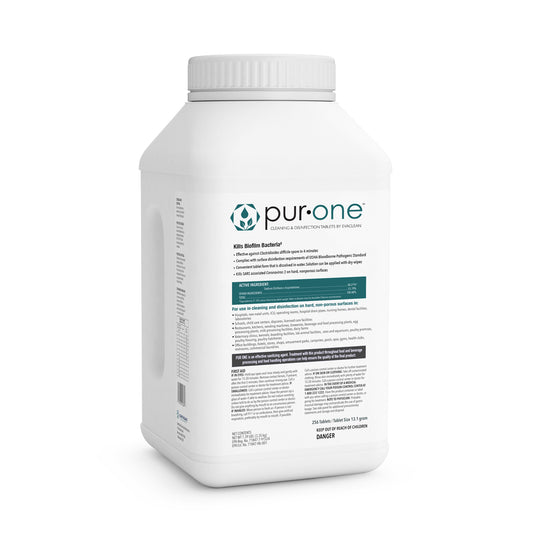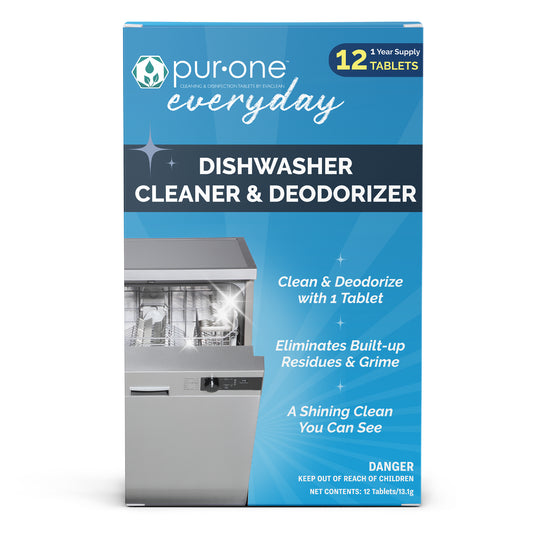Why are foodborne illnesses concerning?
Foodborne illnesses (also known as food poisoning) have been on an upward trajectory for several years. Even with the U.S. food supply being one of the safest in the world, over 48 million cases of foodborne illness occur annually, equating to at least 1 in 6 people. In fact, more than a million Americans get sick every year from salmonella alone, and nearly 400 die from their infections. Economically, foodborne illnesses cost the U.S. nearly $16 billion annually, according to the USDA. However, the immeasurable toll includes more than 3,000 lives lost every year. The use of innovative disinfection solutions like EarthSafe’s PurTabs and PurOne can significantly reduce contamination risks, providing an effective defense against pathogens and safeguarding public health.
What causes food poisoning?
Food poisoning is primarily caused by ingesting foods, beverages, or water contaminated with bacteria, viruses, or other pathogens. Almost everything we consume can be a source of foodborne pathogens, particularly if handled by someone sick. Foodborne illnesses can also spread through contact with infected animals or their environment. According to the CDC, USDA, and FDA, the pathogens that cause the most illnesses, hospitalizations, and deaths include:
- Salmonella
- Norovirus
- E. coli
- Listeria
- Staph
- Bird Flu (Avian Influenza)
Which foods are the riskiest?
Certain foods pose a higher risk for contamination than others, but environmental conditions also play a role. For example, bacteria thrive in “wet” foods like soups, sauces, dressings, etc. Clostridium bacterium is sometimes found in dry infant formula and other canned goods. The most common illness-associated foods include:
- Raw poultry, beef, pork, & eggs
- Unpasteurized juice, milk & dairy products
- Fruits & vegetables (fresh & frozen)
- Shellfish & some seafood
Where does contamination originate?
Pathogens affect every stage in the food supply chain, from farms to packaging, distribution, and storage to grocery stores and restaurants. Cross-contamination can occur when bacteria and viruses living on surfaces are transferred to food. Crops can be exposed to contaminated water, soil, and fecal matter in the growth or harvest phase then cross-contaminate other produce during handling. Livestock and poultry farms are at risk for many zoonotic diseases such as avian influenza. The primary sectors impacted by contamination include:
- Agriculture
- Manufacturing & processing
- Transportation & warehousing
- Retail & food services
Why are foodborne illnesses rising?
Food production has increased to meet the needs of growing populations. Ingredients are transported in larger batches over longer distances, and more food products are being processed or shipped internationally, allowing greater opportunities for spoilage and contamination. Livestock numbers have also increased while the number of farms has declined, resulting in a higher concentration of animals that can become infected. Warmer ocean temperatures have been attributed to a rise in illnesses from certain seafood products.
Food safety challenges are also escalating as new bacteria emerge and pathogens become more adapted and difficult to control. For instance, endospore-forming bacteria like Clostridium difficile (C. diff) are resistant to UV radiation and chemical disinfectants like QACs. Dry surface biofilm is another contributing factor as it forms an invisible barrier that protects microbes, allowing them to thrive and spread foodborne illnesses through contact with hands or cleaning tools. In the right environment, a single bacterium can turn into two million in as little as seven hours.
How can foodborne illnesses be prevented?
Strategies for optimizing food safety and mitigating foodborne pathogens vary for each sector in the supply chain. However, 6 key preventative measures apply across the board:
- Assess contamination risks, including areas typically overlooked.
- Conduct food safety training for all personnel involved in food handling.
- Establish proper protocols for enhanced sanitation procedures focused on high-risk surfaces and areas.
- Ensure frequent cleaning and sanitation of surfaces, equipment, and floors.
- Use EPA-registered disinfectants with claims against foodborne pathogens and biofilm. EarthSafe’s PurOne and PurTabs solutions are specifically designed to eliminate biofilm and combat a wide spectrum of foodborne pathogens.
- Optimize disinfection effectiveness with electrostatic spraying technologies, such as EarthSafe’s Protexus Electrostatic Sprayers used with PurTabs to ensure even coverage and adherence to high-touch areas.
Though food poisoning is a growing public health concern, by and large, it can be prevented. Maintaining more hygienic practices in agriculture, manufacturing, shipping, storage, retailing, and food service minimizes the potential for contamination. EarthSafe’s PurOne and PurTabs disinfection solutions are designed to proactively address foodborne pathogens in every sector before outbreaks ever occur.
Food Safety at Home
Preventing foodborne illnesses starts in your own kitchen. Bacteria could be lurking in your fridge in raw meat, eggs, or even produce. Contaminated food looks and smells totally normal, so you won’t know it’s there until you get sick. However, with proper handling, cleaning, and cooking techniques, you can significantly reduce the risks. Here are the most effective practices for ensuring food safety at home:
- Clean Hands and Surfaces
- Wash your hands with soap and water for at least 20 seconds before and after handling food, especially raw meat, seafood, or eggs.
- Clean cutting boards, countertops, and utensils with hot, soapy water after each use.
- Prevent Cross-Contamination
- Use separate cutting boards for raw meat and produce.
- Avoid handling other items such as spice containers, door handles, etc. during preparation.
- Keep raw foods away from cooked foods during preparation and storage.
- Avoid Undercooking
- Use a food thermometer to ensure foods are cooked to the proper internal temperature. For example:
- Poultry: 165°F
- Ground meats: 160°F
- Seafood: 145°F
- Store Foods Properly
- Refrigerate perishable foods within two hours (or one hour if the temperature is above 90°F).
- Keep your refrigerator at 40°F or below and your freezer at 0°F.
- Rinse Produce Thoroughly
- Wash fruits and vegetables under running water before eating, peeling, or cooking. Avoid soap or detergents.
- Never, ever wash poultry.
- Disinfect Surfaces with PurTabs and PurOne
- Use EarthSafe’s PurTabs Food Safe Surface Disinfectant to sanitize kitchen surfaces, cutting boards, and other high-touch areas. PurTabs are effective against a wide range of foodborne pathogens and are safe for use in food preparation spaces, providing an additional layer of protection against contamination.
- Use EarthSafe’s PurOne to clean and disinfect all non-food prep surfaces such as dishwashers, dining areas, and floors.
By adopting these habits and utilizing innovative solutions like PurTabs, you can create a safer environment for you and your family, minimizing the risk of foodborne illnesses. Learn more about how PurOne and PurTabs can revolutionize your food safety practices.






